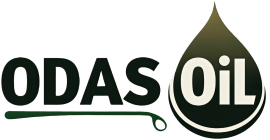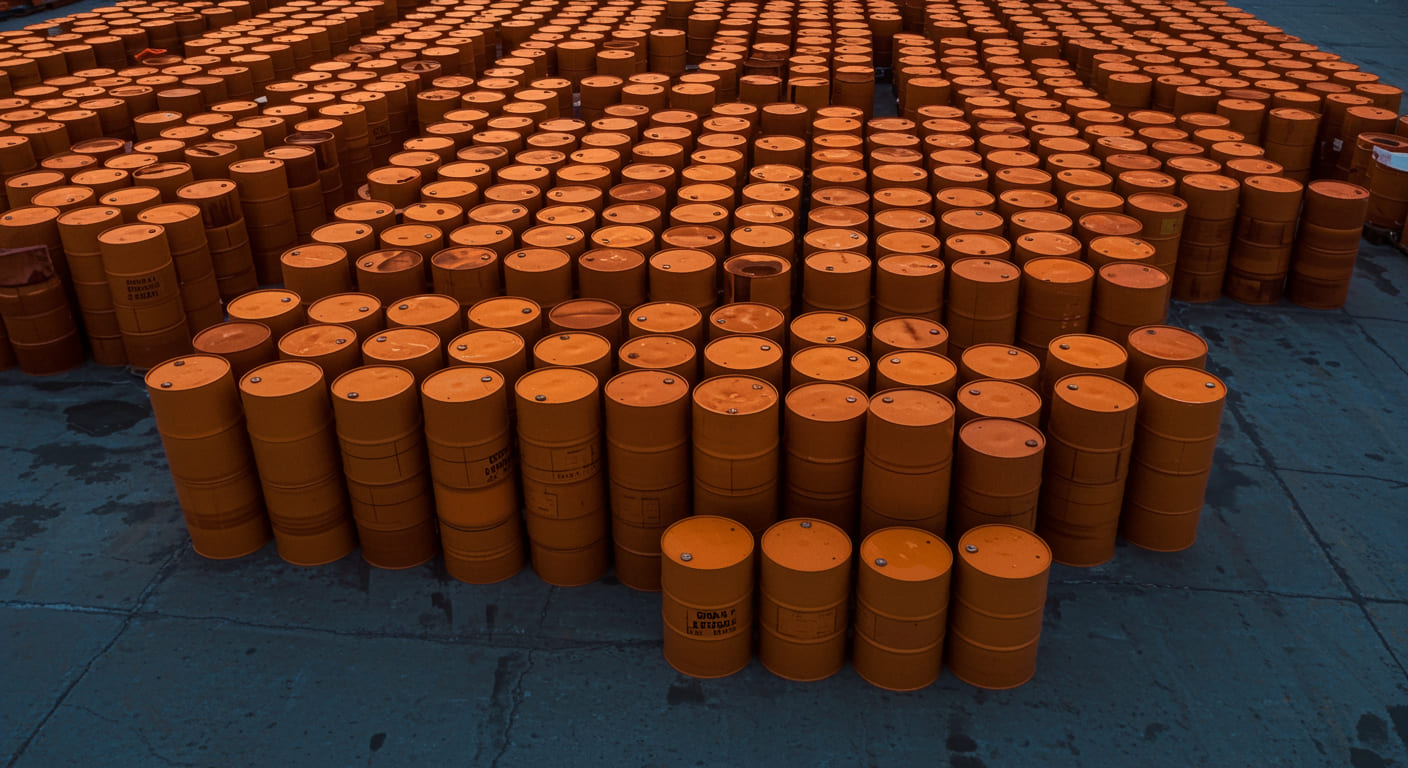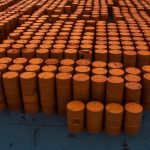The United Arab Emirates (UAE), as a major hub for oil and gas production and trade, maintains a structured and well-regulated fuel market. Diesel, being a critical fuel for transportation, construction, and industrial sectors, is widely consumed across the country. Understanding the different grades of diesel available in the UAE is essential for fleet operators, construction firms, logistics providers, and industrial users who rely on diesel for powering heavy equipment, generators, and vehicles.
Overview of Diesel Fuel in the UAE
Diesel in the UAE is refined and supplied in line with international standards to ensure optimal engine performance, fuel efficiency, and environmental compliance. The most common grades of diesel fuel are classified based on their sulfur content and cetane number, which influence emissions, combustion quality, and engine wear.
The UAE government, through the Emirates Authority for Standardization and Metrology (ESMA) and other regulatory bodies, oversees the specifications for diesel fuels in the country. In line with global environmental policies and local sustainability initiatives, the country has made significant strides toward providing cleaner diesel fuel options.
Main Grades of Diesel in the UAE
-
Diesel EN 590 (Ultra-Low Sulfur Diesel – ULSD)
-
Sulfur content: ≤10 ppm (parts per million)
-
Cetane number: Minimum 51
-
Color: Clear or slightly yellow
-
Use: Automotive (trucks, buses, diesel cars), marine, and industrial generators
EN 590 diesel is the most widely used grade in the UAE and aligns with European standards for ultra-low sulfur diesel. It is suitable for use in modern diesel engines equipped with advanced emission control technologies such as diesel particulate filters (DPFs) and catalytic converters. This grade reduces harmful emissions and supports efforts to meet stringent environmental regulations.
-
-
High-Sulfur Diesel (HSD) – Limited Use
-
Sulfur content: >500 ppm
-
Cetane number: Varies
-
Use: Previously used in older industrial equipment and marine engines
While high-sulfur diesel was common in the past, its use has been significantly reduced or phased out due to environmental concerns. In the UAE, the use of HSD is now tightly regulated and generally limited to specific industrial applications where modern emission-compliant engines are not yet in use.
-
-
Off-Road Diesel (Red Diesel)
-
Sulfur content: Comparable to EN 590, but may differ depending on supplier
-
Use: Non-road machinery, agricultural equipment, and construction machinery
Off-road diesel is sometimes dyed red for tax and regulatory differentiation. It may be subsidized or taxed differently than on-road diesel, but in the UAE, distinctions are not always color-based. It is functionally similar to road diesel in quality, especially in emissions-sensitive sectors.
-
Fuel Specifications and Regulations
-
ESMA Diesel Standard: The UAE enforces a diesel quality standard based on EN 590, which dictates specifications for flash point, sulfur content, cetane number, lubricity, and distillation properties.
-
Compliance and Inspection: Fuel suppliers must comply with regular testing and inspections to ensure that diesel quality meets national and international specifications.
-
Emissions Control: UAE-based companies and fleet operators are encouraged to use ULSD to reduce CO₂, NOx, and particulate matter emissions, in support of national sustainability strategies like the UAE Energy Strategy 2050.
The UAE offers high-quality, environmentally compliant diesel grades, with EN 590 ultra-low sulfur diesel (ULSD) being the predominant standard. This aligns with the country’s vision for cleaner energy use and sustainable industrial development. Understanding the types and specifications of diesel available allows businesses and fleet operators to make informed decisions that enhance performance, ensure compliance, and support environmental goals.










